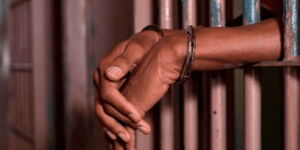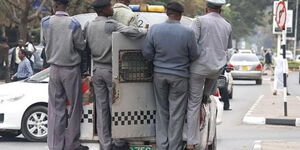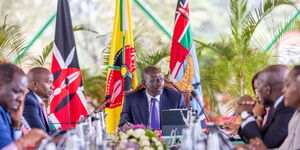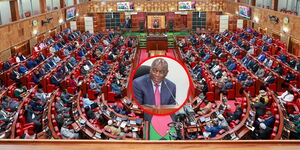As the events of Tuesday, June 25, staggered to a close, Kenyans stayed glued to their screens in anticipation of the Head of State's address. President William Ruto's subsequent speech has ignited fury across Kenya, following a day that left over 10 youths dead at the hands of police.
The aforementioned speech failed to acknowledge the loss of life or address accusations of police brutality during what began as largely peaceful demonstrations.
In a stark display of disconnect, President Ruto's address was criticised for its lack of empathy towards the slain protestors and its heavy-handed rhetoric.
Rather than soothing a nation on edge, Ruto's words seemed to pour fuel on the fire of public discontent.
His failure to acknowledge the legitimate grievances of the protesting youth, who rallied against what they perceived as excessive taxation and economic hardship, further alienated him from a populace already seething with frustration.
Throughout his address, President Ruto focused on condemning the protestors, branding them as criminals, and accusing them of jeopardising national security.
His language, described by many as inflammatory and unstatesmanlike, did little to bridge the growing chasm between the government and its disillusioned citizens.
“Mr President William Ruto, treason is coming to threaten your citizens on national TV when you have failed to listen to them, killed them, and hurt their very being. Treason is threatening people who are willing to come and remove you from the State House physically,” wrote Dr. Benard Karanja on X.
“President William Ruto, you are totally out of touch with reality. Your advisors have failed you. You don't fight fire with fire; you fight fire with water. Who will tell the king that he is naked?” wrote Muthoni Njakwe.
Journalist Mwangi Maina added his voice writing, “Embattled President Ruto, burning with rage during the press conference, has declared revenge rather than offering a solution. That’s not leadership!”
The protests, which began early Tuesday following the passage of the contentious Finance Bill, saw defiant youths converging on Parliament in defiance of warnings from authorities.
Interior Cabinet Secretary Kithure Kindiki had earlier cautioned against breaching security perimeters, yet the protestors pressed forward, their anger palpable.
The situation quickly escalated into chaos, with reports emerging of clashes between demonstrators and police forces. Tragically, the grounds of Parliament, typically a symbol of legislative authority, became a scene of unprecedented violence as gunfire rang out, claiming lives both inside and outside the precincts.
Amidst the chaos, a police truck was set ablaze, adding to the surreal scenes unfolding outside the seat of Kenya's democracy.
The very institution that should embody the aspirations of the people was instead marred by bloodshed and destruction, marking a dark chapter in its storied history.
Critics lambasted President Ruto for failing to hold the police accountable for their actions or outline concrete steps towards justice for the victims.
His vague promises of investigations and vague warnings to "planners, financiers, orchestrators and abettors" of violence did little to assuage public anger or provide clarity on the government's response.
President Ruto's predicament is compounded by the delicate balancing act between appeasing an aggrieved populace and meeting the demands of international lenders concerned about Kenya's economic stability.
While acknowledging the necessity of foreign funding, which plays a crucial role in the country's development, Ruto faces mounting pressure to address domestic grievances and restore confidence in his leadership.












